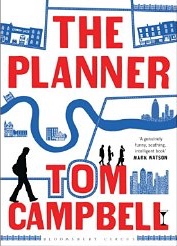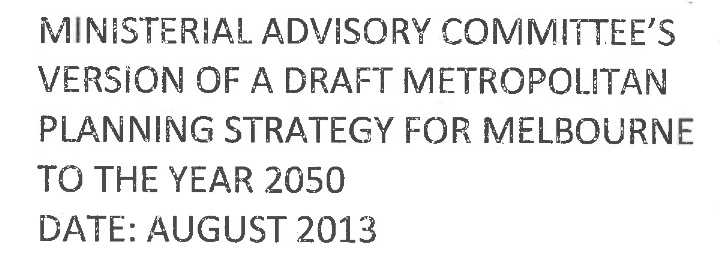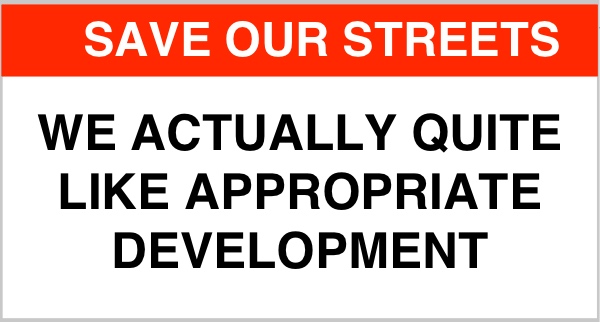Back in 2008, when we were working on Planning News, Tim Westcott Gilda Di Vincenzo and I put together a “Planning Nerd Christmas Gift Guide.” It proved unexpectedly popular – which in Planning News terms roughly means somebody once mentioned to us that they had read it – so we repeated the exercise in 2009. It seemed like a good concept to dust off, so I have updated those old entries and added new gifts to create a new 2014 version. Thanks to Gilda and Tim for their contribution to the original.
This Christmas season, planners and their kin everywhere will face the eternal question: what to buy for the planning nerd who has everything? Once that special planner in your life has all the PIA merchandise, their own copy of ShadowDraw, and a scale ruler, what else is there? Well, we’re here to help.
The Planner by Tom Campbell
Planners have it rough in popular culture. There’s the planner from the first couple of seasons of Parks and Recreation, Chris Haywood’s dodgy builder / planner in Grass Roots, and then… well, aspiring planner Steven Coren from Seinfeld. However that may be about about to change with the recent publication of Tom Campbell’s The Planner, which may yet do for planners what Ayn Rand’s The Fountainhead did for architects and right-wing nutcases.
It follows the life of a young planner in London who is having something of an existential crisis, told in a style that is part Nick Hornby, part Sir Peter Hall. It’s a very entertaining read, full of good one-liners about the life of a planner and a range of unflattering portraits of London.
Availability: You can support local retailing by getting it from Readings or alternately go through Amazon (who do have it for Kindle).
 I am quoted in
I am quoted in 

